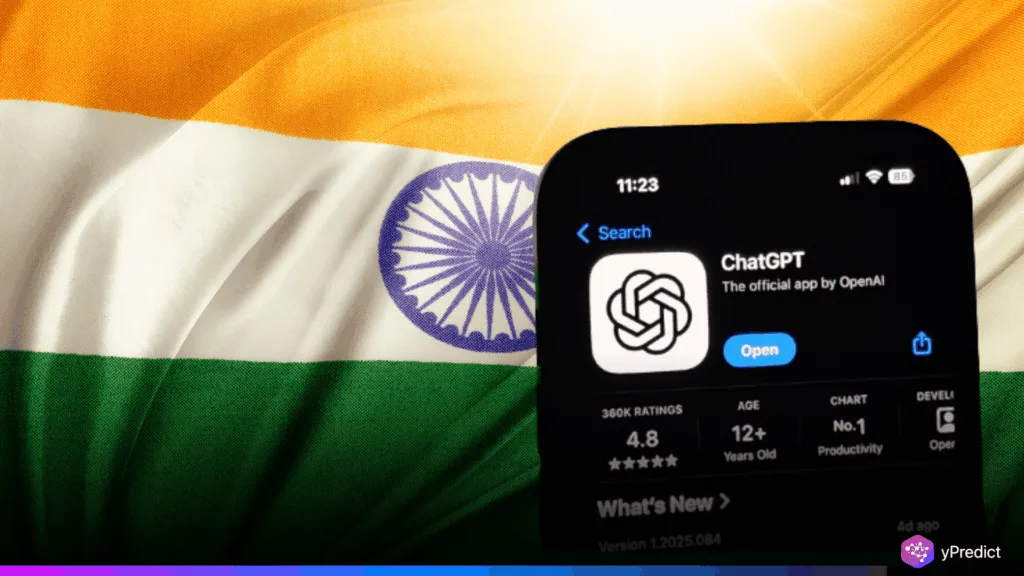
OpenAI has launched ChatGPT Go in India, pricing it at just Rs 399 a month. That’s about $4.57, and it’s a fraction of what users elsewhere pay. Compared to ChatGPT Plus, which costs Rs 1,999, this plan is 80 percent cheaper. The clear goal is to get as many people in India to try advanced AI as possible, even if it means forgoing short-term revenue. With over 800 million internet users, India is one of the few places where this approach can make a significant impact.
UPI Payments Make ChatGPT Go India-First
What makes ChatGPT Go different is how tailored it is to Indian users. Payment through UPI means anyone with a basic banking app can subscribe in seconds. Initially, the credit card barrier had limited adoption before. The plan comes with ten times more messages, image generations, and file uploads compared to the free version, plus more memory, so conversations feel smoother and more personal. GPT-5 can also handle Indian languages more naturally.
A Middle Ground Between Free and Plus Plans
By placing ChatGPT Go between the free plan and ChatGPT Plus, OpenAI has created a natural stepping stone. Free users who want more but can’t justify Rs 1,999 now have a middle option. It also leaves room for the top end with Pro, aimed at businesses. The real competition, though, comes from companies like Perplexity and Google. Perplexity, for example, partnered with Airtel to give its premium plan free to 360 million users. That kind of distribution has already pushed it ahead of ChatGPT in app rankings in India. Google, on the other hand, is targeting students, offering free Gemini Pro access worth nearly Rs 2,000 a month. These moves make it clear that India is turning into the most contested AI market outside the US.
Facing Competition from Perplexity and Google
Reactions so far suggest the gamble is working, but with limitations. Many students and freelancers appreciate the affordability and see value in the expanded limits. People also like how seamless UPI payments make the experience. At the same time, some power users feel the plan cuts corners. Features like video generation or access to certain legacy models are missing. Others mention the lack of an annual plan, which could have encouraged longer commitments. They point to how quickly OpenAI will need to refine ChatGPT Go if it wants to stay ahead.
India as a Testing Ground for Global Pricing
OpenAI is currently testing a new pricing model in a country where affordability decides everything. If ChatGPT Go succeeds, it could set the template for similar plans in other regions like Southeast Asia, Africa, or Latin America. These regions have high cost sensitivity, but demand for AI is growing fast. It also forces competitors to rethink their models. Free trials and giveaways might work for now, but they’re harder to sustain over time. OpenAI bets that people will pay a small but steady fee if the value is clear.
India’s regulatory environment will add another layer of complexity. With new data protection rules and debates over how AI systems should handle local content. How OpenAI navigates this while keeping ChatGPT Go affordable will shape its long-term position in the market. In short, ChatGPT Go is a test case for how global AI companies adapt to local realities. If OpenAI can prove that a low-cost, locally tuned plan can drive adoption at scale. The outcome here could tell us a lot about the future of AI pricing, accessibility, and competition worldwide.






